I’m thrilled to feature this bookchat with Amanda Barratt on she celebrates the release of The White Rose Resists, an incredible story based on the lives of the incredible men and women of a German resistance group who stood against Hitler and the juggernaut of the Nazi regime. Amanda Barratt pens stories that need to be told, to remind us to stand strong in the face of evil and to honour the sacrifice of people like this group of courageous students.
Amanda provides us with wonderful insights into her story, the challenging research, and the students who did not let fear dissuade them from their course. Be sure to add The White Rose Resists to your TBR, friends.
Bookchat with Amanda
Please introduce us to your main characters
The White Rose Resists braids together the journeys of three point of view characters—Sophie Scholl, Annalise Brandt, and Kirk Hoffmann. I loved intertwining the true story of Sophie Scholl with the stories of Annalise and Kirk, who are composites of real men and women who worked with the White Rose resistance.
In the summer of 1942, Sophie Scholl joined her brother, Hans, and several other students at the University of Munich in forming a resistance group that later became known as the White Rose. The White Rose printed and distributed thousands of leaflets outlining the crimes committed by the Third Reich and calling on the German people to resist Nazism. Sophie was only twenty-one-years-old when she stepped into the group’s inner circle of men and took her place alongside them. Though other women worked with the White Rose, none were as deeply involved as Sophie, who became a central figure in the group, procuring paper and stamps, working grueling hours to mimeograph thousands of leaflets, and undertaking dangerous distribution missions in cities across Germany. Sophie was also the only woman to be executed for her involvement in the White Rose, facing death alongside her brother and their comrade, Christoph Probst. As I delved into Sophie’s life, I was stunned by her bravery and convictions. She was truly extraordinary.
Describe your book in 5 adjectives
Courageous. Thoughtful. Romantic. Heartbreaking. Inspiring.
This story represents real people and events. How did you balance fact with fiction?
Since none of the central figures of the White Rose lived to see the end of the war, there remain mysteries surrounding their resistance and its members, and aspects where it’s impossible to pin down exact details. In those areas, after extensive research, I filled in the lines with my fictional pen. When details and timelines were available, I stayed true to the historical narrative. The most noticeable fictional license in the novel regards the addition of Kirk and Annalise, both of whom are fictional characters infused with bits and pieces of real individuals. Including them gave me the opportunity to explore themes and plot developments the story would have otherwise lacked.
What types of source material did you use to research this story?
I began by reading the major books and biographies written about the White Rose, laying a foundation for the novel’s main plot points and central characters. I also read dozens of books about the German resistance and life in Nazi Germany. Because the novel I’d previously written (My Dearest Dietrich) was also set in wartime Germany, I was already familiar with much of the source material. I also accessed interrogation transcripts, trial documents, and execution records pertaining to Sophie Scholl and her comrades and listened to interviews with relatives of the members of the White Rose and others connected with their story. My favorite research materials are always letters, diaries, and memoirs. With The White Rose Resists, I read and re-read those sources throughout the writing process, seeking to capture the individual voice of each character. Sophie’s diary entries, her letters to her fiancé, and her correspondence with family and friends immersed me in her essence—her intimate thoughts and prayers, the inside jokes she shared with her siblings, and her remarkable intelligence. Reading her letters also reminded me how much of her life remained hidden, even from those closest to her, during her time in the resistance.
What are the major themes in this story?
Standing for truth in a world of darkness and faith in the midst of adversity are two threads that run throughout the novel. Rather than writing with a specific theme or message in mind, I love it when (as with The White Rose Resists) themes emerge organically from the characters and their journey. The unfolding of a novel is always a journey of growth for me as well, and writing The White Rose Resists affected me in a myriad of ways beyond simply putting the words down on the page.
Inspired by the incredible true story of a group of ordinary men and women who dared to stand against evil
The ideal of a new Germany swept up Sophie Scholl in a maelstrom of patriotic fervor–that is, until she realized the truth behind Hitler’s machinations for the fatherland. Now she and other students in Munich, the cradle of the Nazi government, have banded together to form a group to fight for the truth: the White Rose. Risking everything to print and distribute leaflets calling for Germans to rise up against the evil permeating their country, the White Rose treads a knife’s edge of discovery by the Gestapo.
Annalise Brandt came to the University of Munich to study art, not get involved with conspiracy. The daughter of an SS officer, she’s been brought up to believe in the Führer’s divinely appointed leadership. But the more she comes to know Sophie and her friends, the more she questions the Nazi propaganda.
Soon Annalise joins their double life–students by day, resisters by night. And as the stakes increase, they’re all forced to confront the deadly consequences meted out to any who dare to oppose the Reich.
A gripping testament to courage, The White Rose Resists illuminates the sacrifice and conviction of an unlikely group of revolutionaries who refused to remain silent-no matter the cost.
Which character did you enjoy writing most?
Sophie. I loved coming to know her. Her courage and resilience had me in awe, but Sophie, the flawed and complex woman, is the one I wept for and with as I told her story.
Which character was the most difficult?
All of them and none of them. 🙂 There were moments where I struggled with every character, but none stand out as being more difficult to write than others. Since the novel is populated with characters inspired by real people, I had a wonderful variety of personalities to explore. Writing about Sophie and Hans Scholl, Alexander Schmorell, Christoph Probst, Willi Graf, and the others was like bonding with a group of fascinating, lovable, (and sometimes infuriating) friends.
What emotions did you experience while writing this story?
Oh so many! Everything from awe at the desperate audacity of the White Rose, to joy at the warm friendships they shared, to heartbreak at the devastating events that unfolded. I loved, grieved, hoped, and lived alongside these characters for years. An emotional journey? Yes. A worthwhile one? Absolutely.
Did you wish you could have penned a different ending to this story?
As I researched and wrote some of the most difficult scenes in the novel, I wished time and again I could rewrite history. My heart breaks every time I think of those brave and brilliant lives cut short. It has been an honor to remember them through this story.
What did you personally learn, or were challenged by, when discovering and writing the story of these students?
In the novel, Sophie tells Annalise, “In the end, it comes down to the worth you ascribe to freedom. What price you’re willing to pay.” These men and women didn’t just believe in freedom—they fought for it. Rising up on behalf of the millions murdered by Hitler’s regime, resisting out of a desire to salvage a small portion of their country’s desecrated honor. Though none of them wanted to sacrifice their lives, they were willing to do so. Their unbridled courage fueled by Christian faith moved and convicted me. As I wrote, I asked myself: what would I have done in that time and place? Would I have been willing to risk my life to print and distribute truth? Would I have been prepared to sacrifice by stepping from the ranks of the silently complicit? Bringing these questions to that personal level challenged me throughout the novel-writing process.
What is in your writing pipeline now?
Currently, I’m working on another WWII novel, set in Poland and with a greater focus on the Holocaust than my previous wartime stories. Delving into the history of Poland during WWII is a process both fascinating and heartbreaking. Inspired by a true story of courage, resistance, and sacrifice, this novel is already close to my heart, and I can’t wait to share it with readers.
Thank you, Roseanna, for sharing such wonderful insights into the people who inspired this amazing and heartbreaking story.
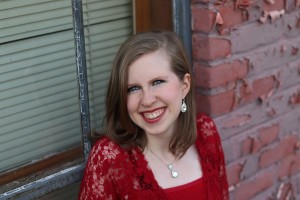 ECPA best-selling author Amanda Barratt fell in love with writing in grade school when she wrote her first story—a spinoff of Jane Eyre. Now, Amanda writes romantic, historical fiction, penning stories of beauty and brokenness set against the backdrop of bygone eras not so very different from our own. Her novel My Dearest Dietrich: A Novel of Dietrich Bonhoeffer’s Lost Love released from Kregel Publications in June 2019.
ECPA best-selling author Amanda Barratt fell in love with writing in grade school when she wrote her first story—a spinoff of Jane Eyre. Now, Amanda writes romantic, historical fiction, penning stories of beauty and brokenness set against the backdrop of bygone eras not so very different from our own. Her novel My Dearest Dietrich: A Novel of Dietrich Bonhoeffer’s Lost Love released from Kregel Publications in June 2019.
She’s also the author of My Heart Belongs in Niagara Falls, New York: Adele’s Journey, as well as seven novellas with Barbour Publishing. Two of her novellas have been finalists in the FHL Reader’s Choice Awards.
Amanda lives in the woods of Michigan with her fabulous family, where she can be found reading way too many books, plotting her next novel, and jotting down imaginary travel itineraries for her dream vacation to Europe.
Connect with her on Facebook and visit her online at www.amandabarratt.net.
Relz Reviewz Extras
All Things Barratt @ Relz Reviewz
Visit Amanda’s website
Buy at Amazon: The White Rose Resists or Koorong

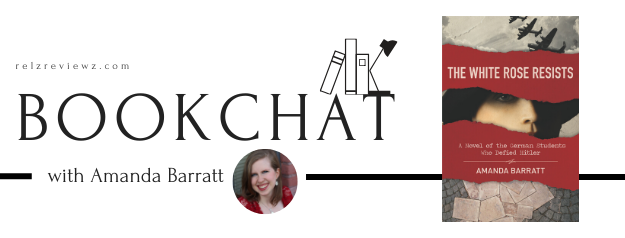
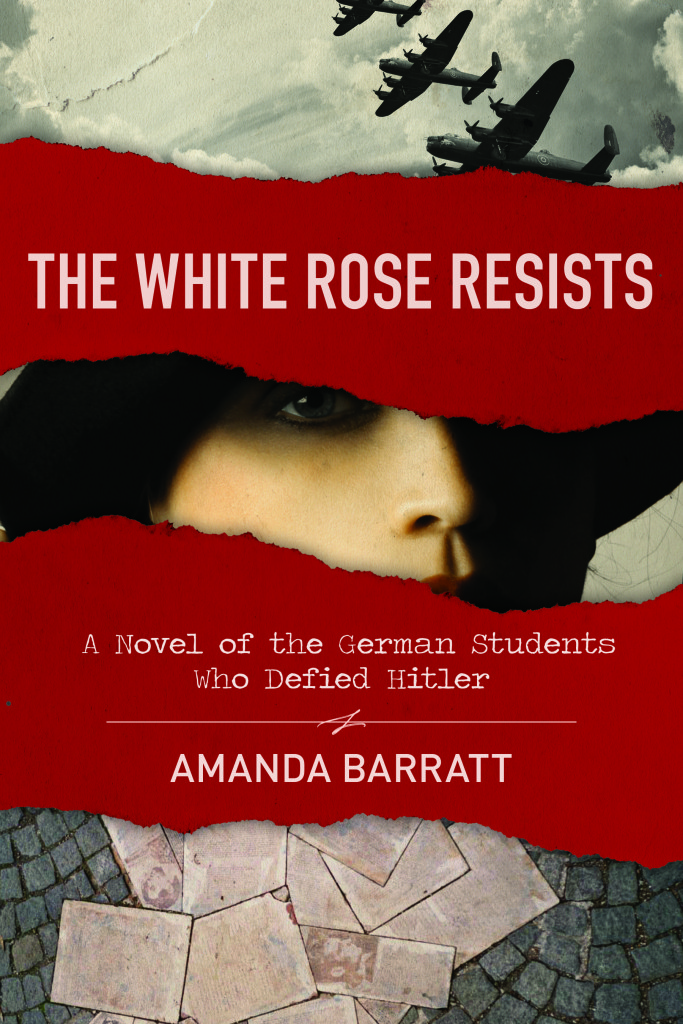

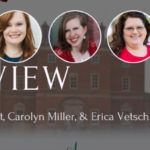
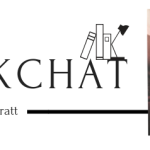
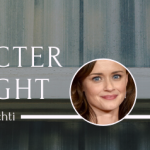

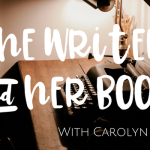





May 27, 2020 at 8:46 pm
Gary Beikirch featured in Blaze of Light by Marcus Brotherton is one example. He showed such strength and perseverance during and after his time at war. So look forward to reading Amanda’s book!
May 27, 2020 at 9:01 pm
I really am interested in this book because not only is it World War II but it is based on a true story. I am always into books and/or movies that are based on true stories. They usually end up being some of the best movies and/or books to watch/read.
May 27, 2020 at 10:07 pm
Leigh Anne Tuohy, the woman who took in Michael Oher in the movie The Blind Side. Would I be able to do the same? Would I have such a generous and trusting heart? This woman and her husband and family are inspirational.
May 28, 2020 at 12:34 am
Harriet Tubman in Harriet. Her courage and resourcefulness to see her people set free.
May 28, 2020 at 2:12 am
Always a joy to chat with you and your lovely readers, Rel! Thank you so much for the privilege of sharing about The White Rose Resists here.
June 8, 2020 at 10:44 am
Amanda Barratt » Thank YOU, Amanda – such a delight to have you visit and share about this powerful story. Appreciate you!
May 28, 2020 at 2:58 am
This book sounds amazing. Thanks for sharing about how you did research for this book. Looking forward to checking future books written by you.
May 28, 2020 at 5:05 am
I appreciated hearing how Amanda balanced fact and fiction in The White Rose Resists. It was something I wondered about as I read My Dearest Dietrich. Also her research is impressive. Ordered my copy today!
May 28, 2020 at 7:10 am
Oskar Schindler in Schindler’s List. His story so touched my heart!
May 28, 2020 at 8:21 am
I read American Sniper and was impressed. I can forget what our men and women in the milatary experience while deployed.
May 28, 2020 at 9:50 am
Corrie ten Boom is such an inspiration, both in her book and movie, The Hiding Place, and other works.
May 29, 2020 at 6:32 am
I love the heroes and heroines featured in Roseanne M. White’s Codebreakers series. These are people that worked behind the scenes during World War Two but without them and the work they did the war may have been lost.
May 29, 2020 at 12:30 pm
Helen Keller, Anne Sullivan and Eric Liddell are all inspiring heroes.
May 29, 2020 at 10:03 pm
I loved The Hiding Place by Corrie ten Boom. I recently read the Unanswered Letter by Faris Cassell. It’s a true and moving story about Alfred and Hedwig Berger.
May 30, 2020 at 11:42 am
I loved reading about this book, and hope to read it in the not too distant future. Who I’ve been inspired by— so many, many, but for this comment I’ll say Corrie Ten Boom.